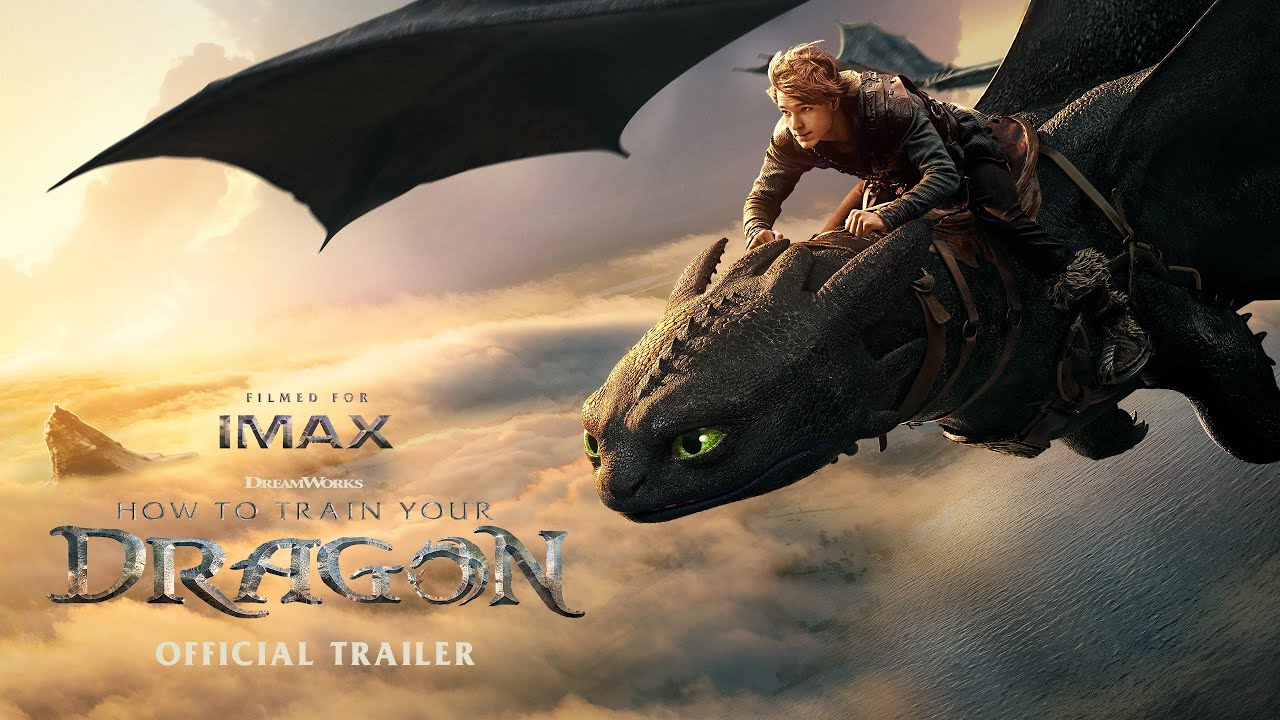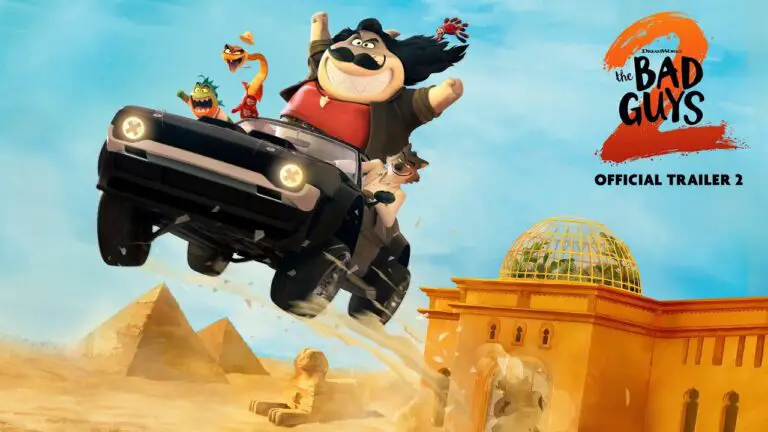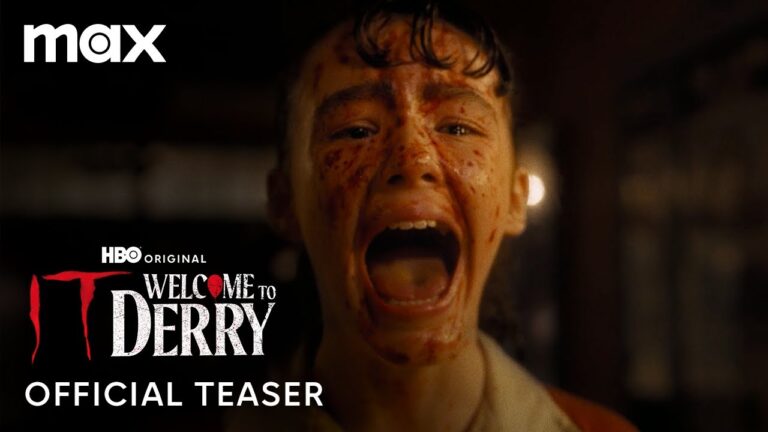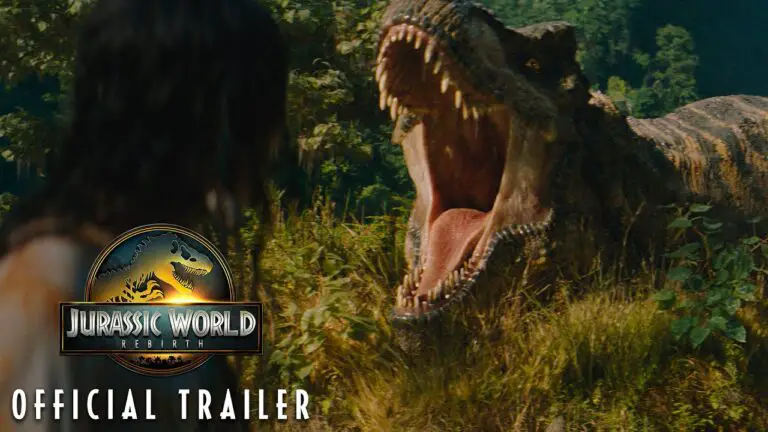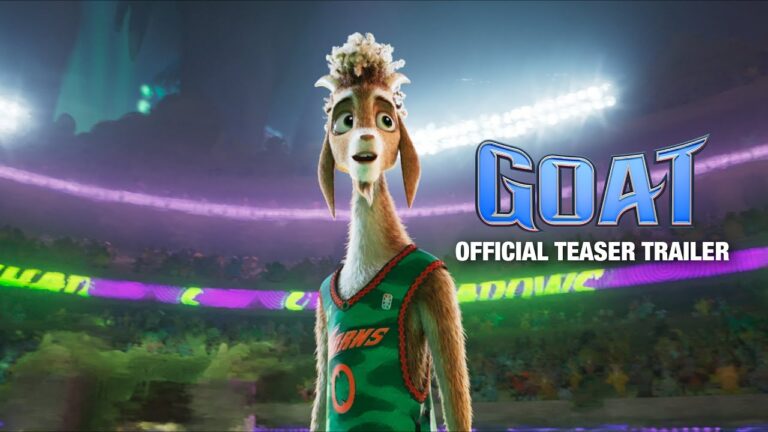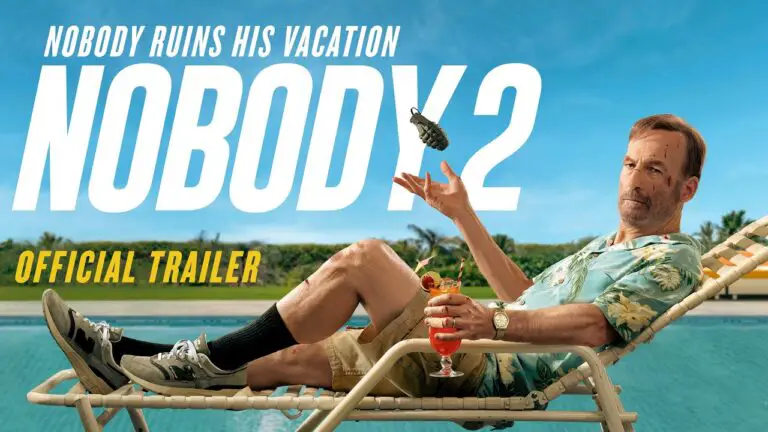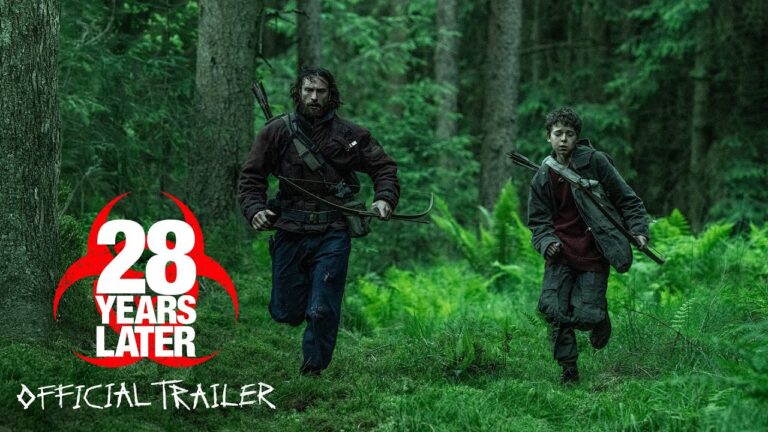How To Train Your Dragon Movie 2025 Bapamtv Review Details
How to Train Your Dragon (2025) Review: Dean DeBlois’s Vision Soars in Live-Action Glory
Introduction
In his return to the beloved Viking-dragon saga, director Dean DeBlois masterfully adapts How to Train Your Dragon into a visually stunning, emotionally profound live-action feature. His fingerprints are all over the film—from its cinematic scale to its quiet emotional undercurrents. What makes this 2025 rendition remarkable is how it honors the animated classic while reinterpreting it through a more grounded, mature lens.
Director’s Vision and Adaptation Style
Dean DeBlois approaches the material not merely as a remake but as a reimagining. While key plot points remain, he treats the narrative with a realism rarely found in fantasy films. His vision is grounded in emotional authenticity, allowing characters like Hiccup and Stoick to resonate more deeply than ever before. DeBlois balances spectacle with introspection, ensuring every dragon flight serves the story—not just the spectacle.
He preserves the heart of the franchise: the unlikely bond between a boy and a dragon. But this time, the bond carries more emotional weight. Hiccup’s loneliness, Toothless’s hesitancy, and the societal pressure of Berk are portrayed with greater nuance, largely thanks to DeBlois’s evolved directing style.
Cinematographic Philosophy
Visually, the film benefits from DeBlois’s preference for sweeping wide shots and naturalistic lighting. Working with cinematographer John Mathieson, he uses Icelandic landscapes to amplify the isolation and mysticism of Berk. The flying scenes aren’t just thrilling—they’re breathtakingly intimate, aided by a minimalistic score that prioritizes awe over bombast.
Cast and Directional Control
DeBlois extracts career-defining performances from his cast. Mason Thames, as Hiccup, is shaped into a vulnerable yet compelling protagonist under DeBlois’s steady guidance. His chemistry with Toothless (rendered in flawless CGI) speaks to the director’s ability to bridge human emotion with digital imagination.
Gerard Butler’s return as Stoick is another testament to DeBlois’s long-term vision. The director threads a father-son dynamic that’s tender, flawed, and ultimately healing—something hinted at in the original but fully explored here.
Pacing and Narrative Rhythm
The film’s rhythm is deliberately paced. DeBlois isn’t chasing blockbuster trends—he allows the emotional beats to breathe. The decision to linger on quieter moments, like Hiccup tending to Toothless or Astrid watching Berk from a clifftop, emphasizes character over plot. These choices may test impatient viewers but will reward those seeking depth.
Score and Sound Design
DeBlois reunites with composer John Powell, whose updated score elevates the experience. Powell retains familiar themes but enriches them with fuller orchestration and subtler transitions, matching the film’s grounded tone. DeBlois directs sound not as background but as emotional foreground—especially during moments of flight and silence.
Dean DeBlois vs. Other Fantasy Directors
In a time where many fantasy directors lean into excess (think Taika Waititi’s Thor or David Yates’s Fantastic Beasts), DeBlois’s restraint stands out. He chooses substance over spectacle, character over chaos. While others chase CGI grandeur, DeBlois uses it as a storytelling tool.
Directorial Scorecard
| Aspect | Rating (Out of 10) | Remarks |
|---|---|---|
| Adaptation Faithfulness | 9 | Balances loyalty and innovation |
| Emotional Depth | 10 | Highly layered character arcs |
| Visual Aesthetic | 8.5 | Naturalistic and immersive |
| Character Direction | 9 | Strong ensemble dynamics |
| Pacing | 8 | Deliberate, not slow |
| Originality in Remake | 8.5 | Fresh interpretations without disrespect |
FAQs
Question 1:
How does Dean DeBlois approach the story differently in the 2025 version?
Answer:
DeBlois emphasizes realism and emotional depth, crafting a more grounded and mature tone while staying faithful to the heart of the original.
Question 2:
Is the director’s pacing suitable for family audiences?
Answer:
Yes, though slower than most family blockbusters, the film maintains engagement through emotional investment and breathtaking visuals.
Question 3:
Does the live-action version still feel magical?
Answer:
Absolutely. DeBlois enhances the magic with emotional realism, ensuring the fantasy elements never feel out of place in the real world.
Conclusion
Dean DeBlois proves that a remake can be more than a marketing ploy—it can be a revitalized vision. How to Train Your Dragon (2025) is not just about dragons or Vikings; it’s about growing up, letting go, and leading with empathy. And thanks to DeBlois’s singular direction, this live-action iteration feels less like a remake and more like a rediscovery.
Where to Watch and Learn More
Fans can explore more about the film on platforms like iBomma Movies, Bappamtv Movies, and Iradha Movies, which offer updates, behind-the-scenes insights, and streaming alerts.
